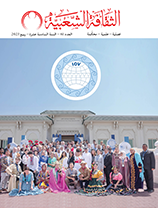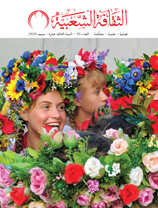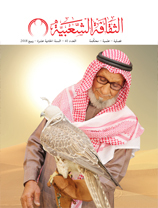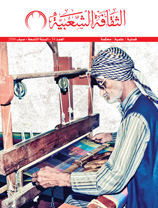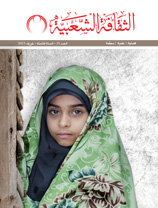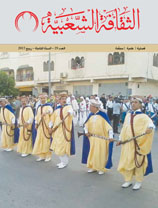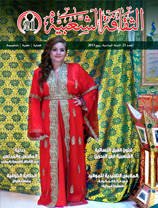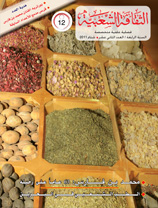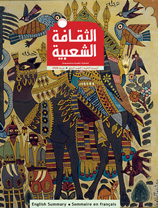Dialectic of the Popular and the Elite in Arab Culture: A Reading of Critical and Cultural Narrative Representation
Issue 23

In the era of the image and the emergence of satellite channels, it is essential to utilise Arab narratives and folktales. Many remarkable individual efforts - such as Abdul Rahman Al Abnoudi’s work on Taghribat Bani Hilal, the Banu Hilal’s journey - have been made to collect and archive oral narratives.

In order to preserve oral narratives, we need more than a single initiative here and there; we need the coordinated institutional efforts of cultural ministries, government bodies and Arab universities, or of national organisations, businessmen and prominent people who are interested in culture.
When Arab cinema began, some Arab narratives - such as the story of Antarah ibn Shaddad - were made into films. Over a century later, cinema’s interest in oral narratives has declined. Mamdouh Udwan wrote a successful series that offered a modern adaptation of the narrative of Al Zir Salim; MBC broadcast the series.
Historically, critics have not paid sufficient attention to the Arab narrative because oral heritage has always been seen as an inferior form. However, folk narratives have become more appealing and have started to attract attention in critical studies.
This age of active social networks and cultural research offers great opportunities, and we must seize them in order to preserve our heritage and highlight its importance.
Dia’ Abdullah Al Kaabi
Bahrain











